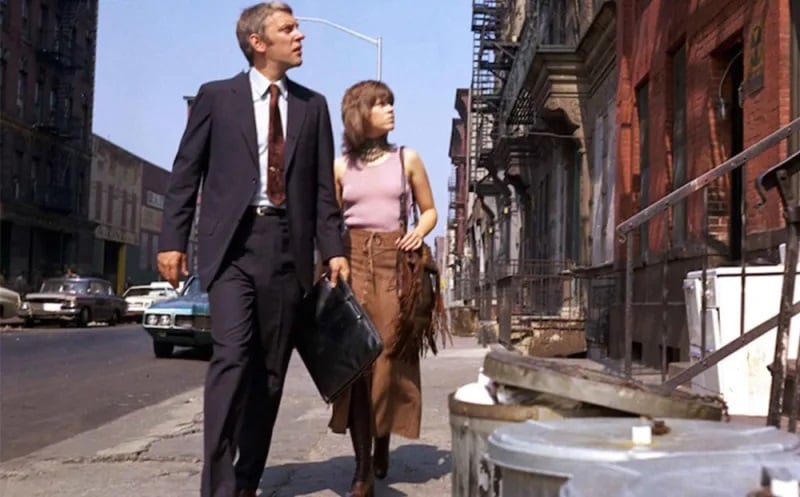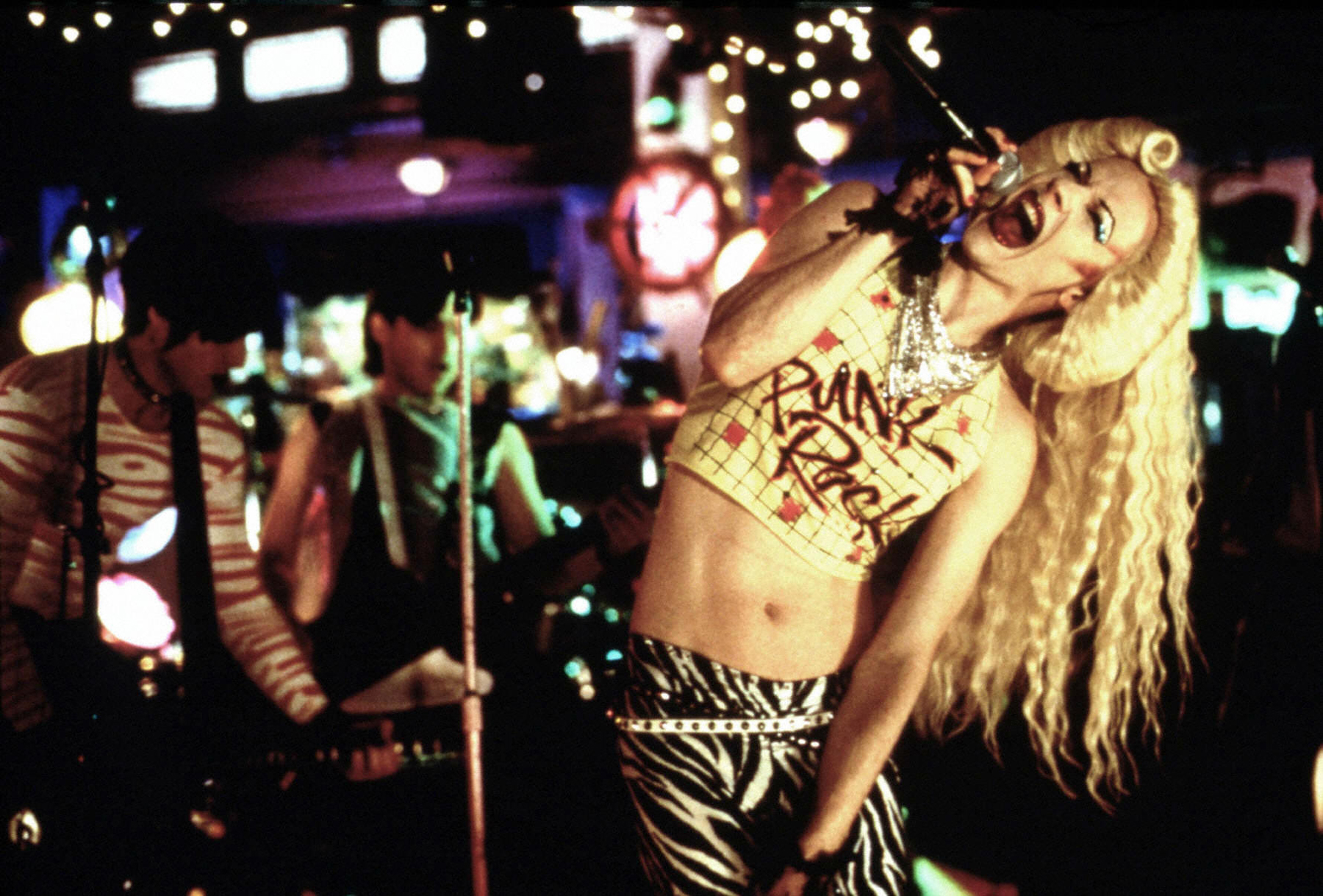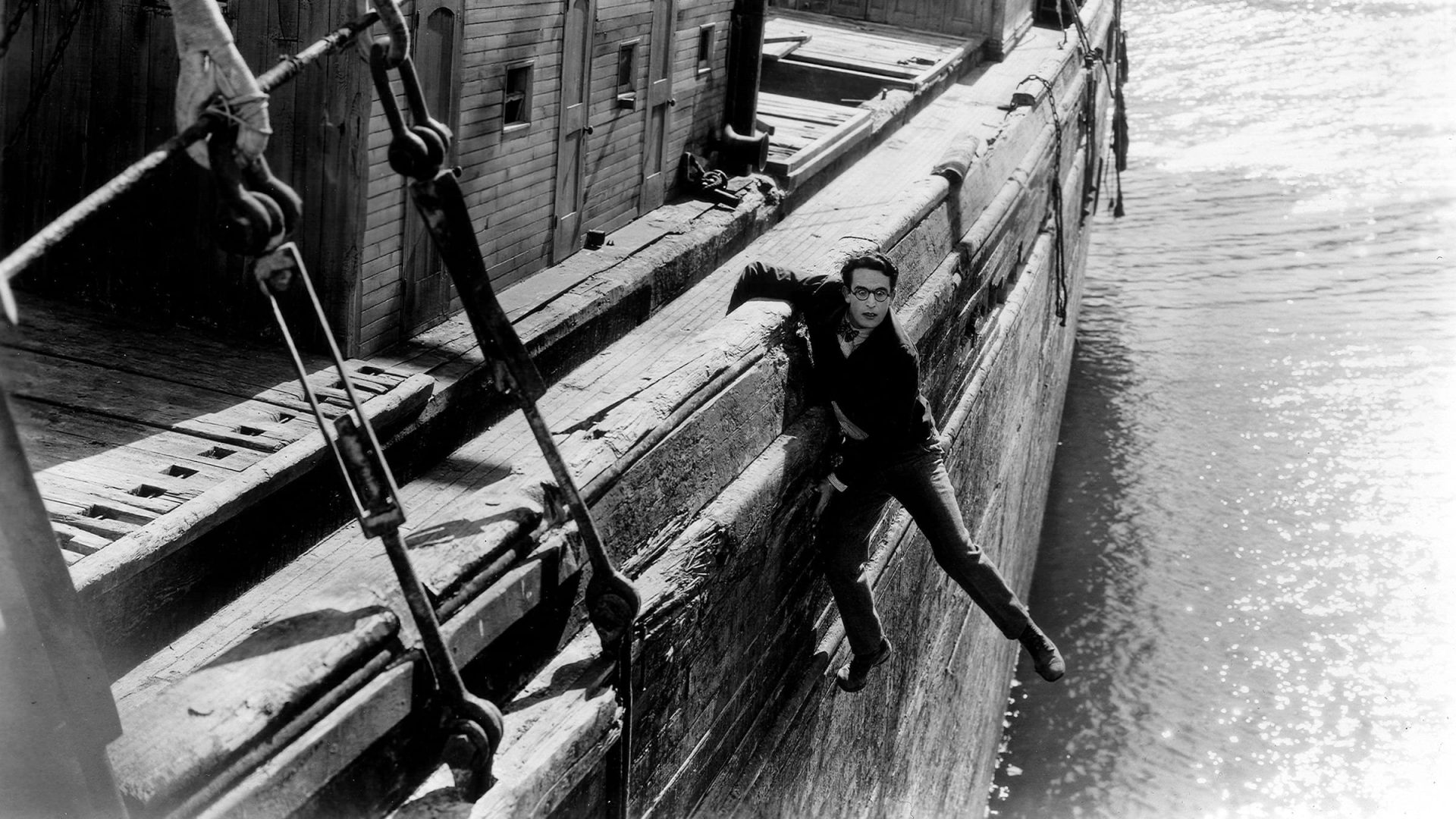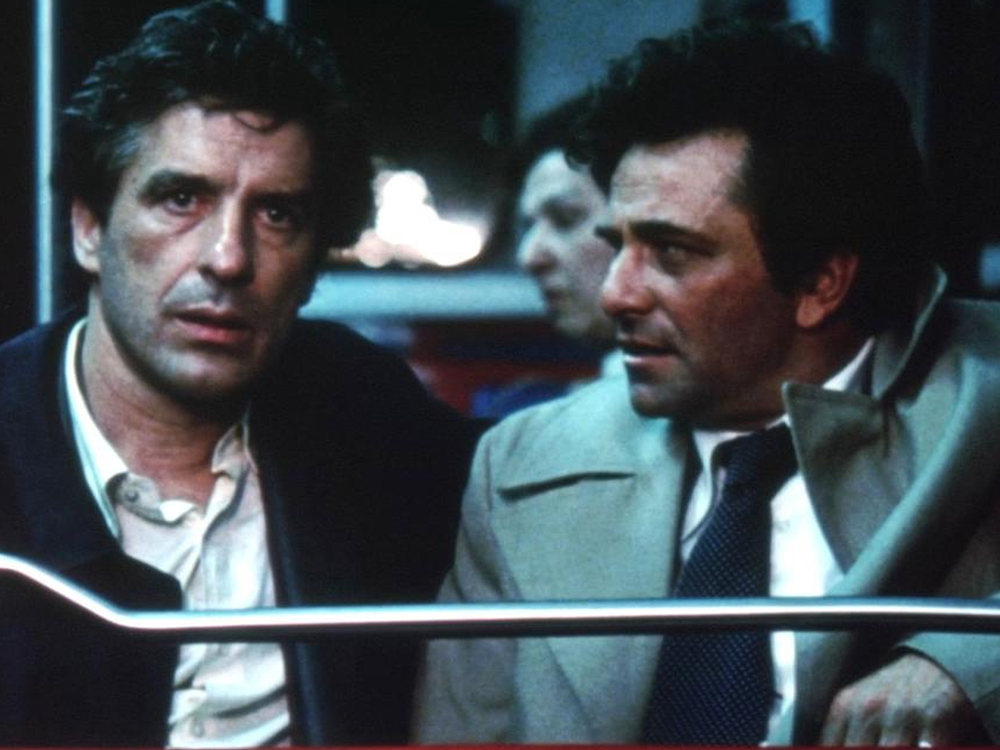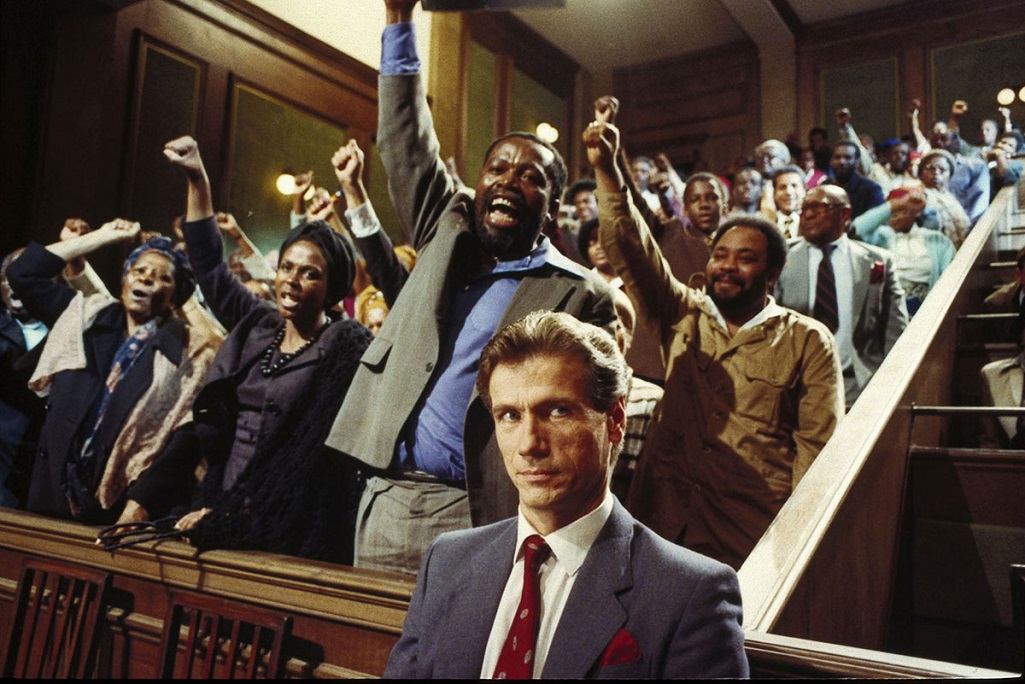Featuring Jane Fonda at her early-70s best, this atmospheric mystery from Alan J. Pakula shines in its new Criterion Collection reissue. Successful producer-turned-director Alan J. Pakula hit a hot streak in the 1970s, beginning with his “Paranoia Trilogy” -- three...
